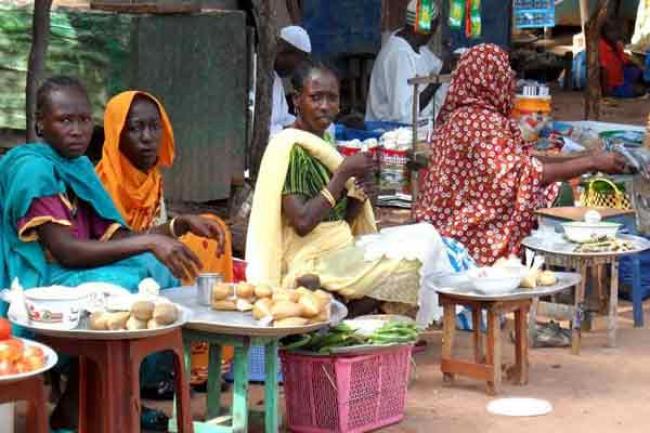Just Earth News 08 Nov 2016, 05:27 am Print

FAO
This time of year in South Sudan, people generally are more secure due to higher food stocks and lower market prices, but the FAO warned that the risk of famine is looming, especially for the most vulnerable communities.
“The renewed violence has had severe repercussions on agricultural production and stability needs to be restored to enable farmers to return to their fields,” said Serge Tissot, FAO representative.
“We are seeing an unprecedented number of food insecure people at harvest time and many more people at risk of starvation in the months to come as stocks run out. There is a need to act now to prevent a catastrophe,” he urged.
Part of the reason for the growing insecurity is due to the violence that has impacted the Equatoria region, which is responsible for over half of South Sudan’s net cereal production. About 50 per cent of all harvests have been lost in areas affected by the violence. Many farmers have been unable to plant seeds for the second season due to not only armed conflict, but also displaced persons.
Northern Bahr el Ghazal is one of the most fragile areas of the country. It has seen a protracted economic crisis, market failure, and the loss or depletion of livelihood assets. FAO found that farmers in the region have produced less than they did last year; some areas were hard-hit by flooding and dry spells, and reports found that in Aweil East, sorghum production was reduced by nearly 50 per cent.
Since the start of the fighting in Juba (the capital) and elsewhere in the country, cereal prices have increased by more than 500 per cent in only a year. Rampant insecurity along main roads has crippled trade and trader’s abilities to access hard currency for imports. Many have been forced to shut down their businesses.
“With the market collapsing and many families having little to no safety nets to cope, we must empower them with the means to produce their own food. With this we want to structurally strengthen their livelihoods and boost their resilience,” explained Tissot.
In the coming dry season campaign, FAO intends to distribute vegetable and fishing kits as well as training to farmers on modern farming techniques for 1.2 million people. Meanwhile, the organization is gearing up to respond to the country’s most dire needs for the main planting season, including providing needed agricultural inputs in order to enable the most vulnerable citizens to continue to produce their own food. FAO will require an additional $28 million by the end of 2016 to accomplish these goals.
South Sudan has faced ongoing challenges since a political face-off between President Salva Kiir and his Vice-President Riek Machar erupted into full blown conflict in December 2013. The crisis has produced one of the world's worst displacement situations with immense suffering for civilians.
Despite the August 2015 peace agreement that formally ended the war, conflict and instability have also spread to previously unaffected areas in the Greater Equatoria and Greater Bahr-El-Ghazal regions of South Sudan.
- Do not confuse food charity with ‘right to food’, UN expert tells Italians, labelling food system exploitative
- New UN agency projects to boost farming practices, improve farm animal health
- Conflict casts shadow on fight to end hunger in some regions – UN agriculture agency
- Thousands in DR Congo’s Kasais to benefit from UN food, nutrition efforts, but challenges remain
- UN agency helps farmers in Latin America broaden their market horizons



-1763561110.jpg)


